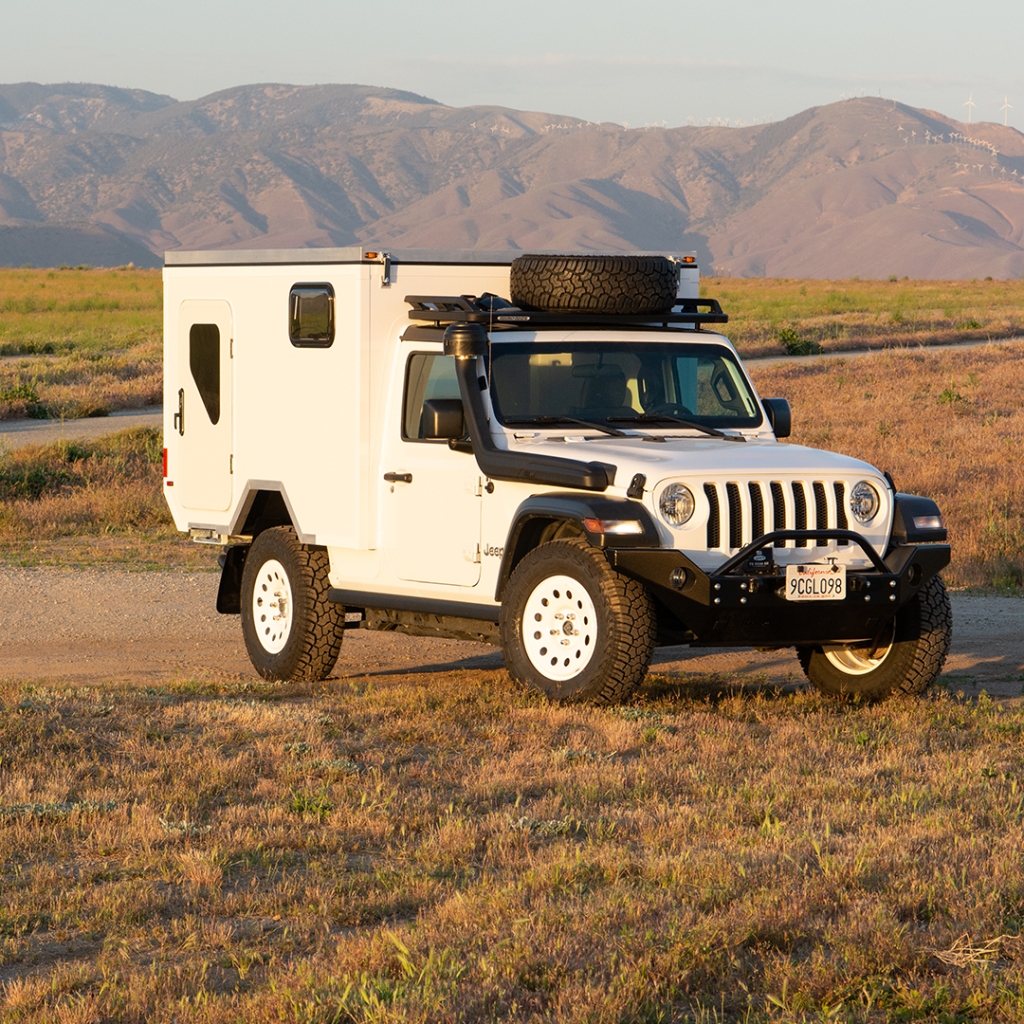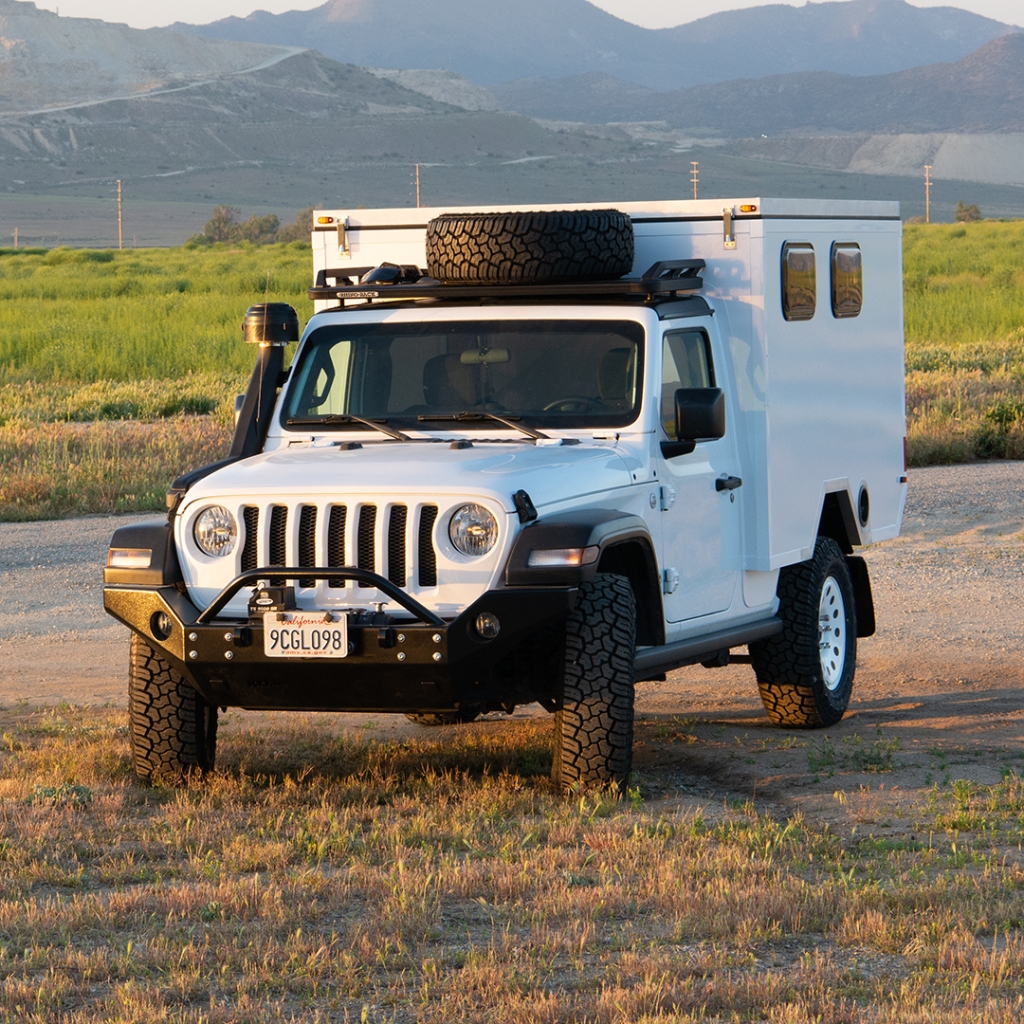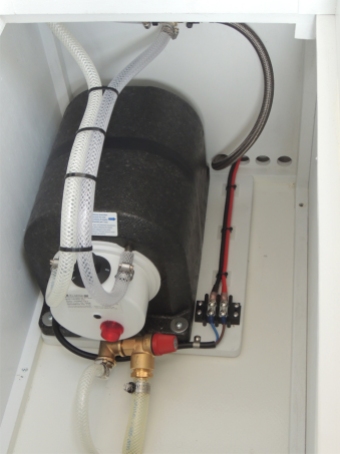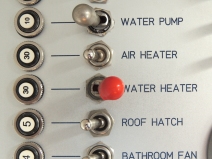
After months of crazy hours of working in the shop, the first of the two Jeep campers is all finished on the outside and ready for road tests. I’m really happy with how it turned out, and I think it will be a really great little travel vehicle for Yvonne and me. The inside of the camper is still totally empty, but we will still be able to take it on some test camping trips in the short term.


It is satisfying to finish the camper pretty much exactly on the timeline goal I had set last fall. I will do a few more things to this camper in the near term, but soon I will transition to installing the second camper on our friend’s Jeep. I’ve been so busy the last few months on this first Jeep that I have admittedly been pretty bad about posting assembly details, so I’ll try to post more often as I dig into the second Jeep, as the second camper is nearly identical.





























